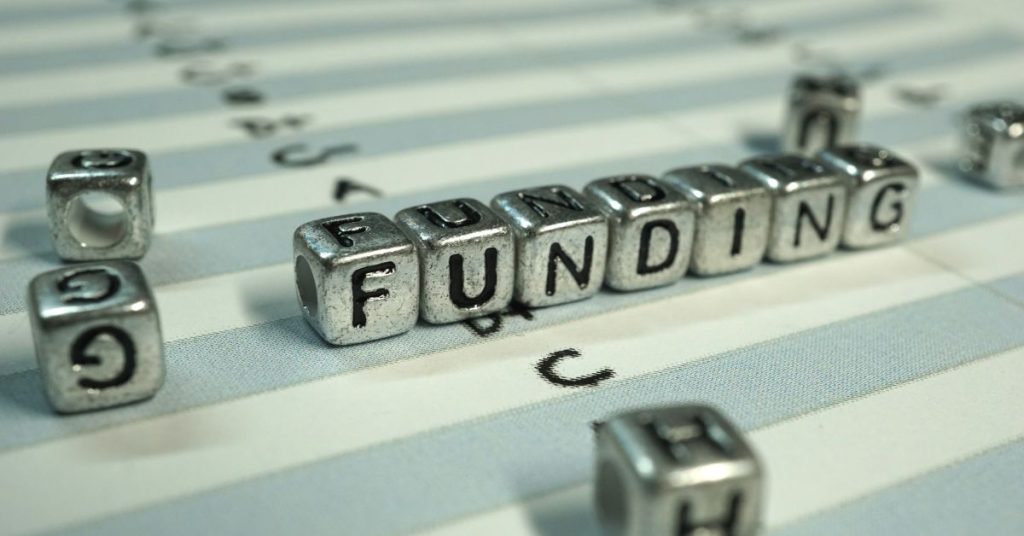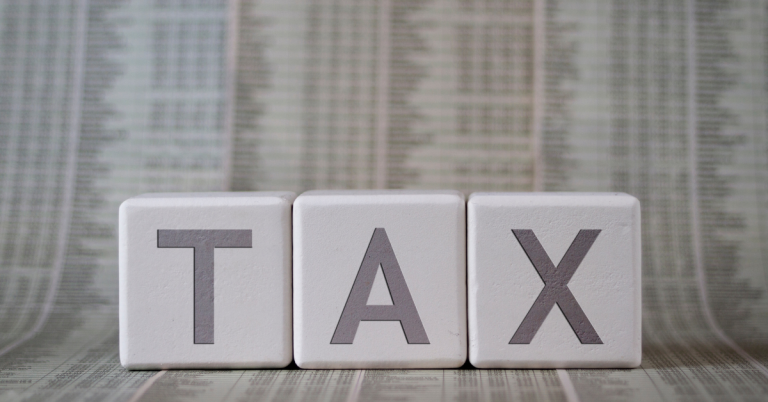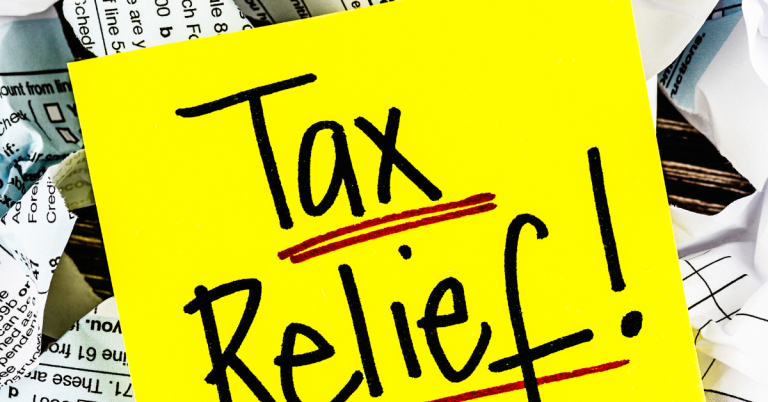Successful Reward Crowdfunding: Quick Guide
However, does crowdfunding actually work?
Crowdfunding is not just about fundraising. There are many other things you can do with it, such as building awareness, getting feedback, and even marketing. In fact, there are many different types of crowdfunding’s, including micro crowdfunding, social media crowdfunding, peer-to-peer lending, equity crowdfunding, and token crowd sales.
The most common type of crowdfunding is micro crowdfunding, where people raise small amounts of money for specific purposes. For example, a person might want to start a blog and wants to ask her friends and family for donations. This is called micro crowdfunding because the amount raised is usually less than $100,000.
Social media crowdfunding is similar to micro crowdfunding except that it takes place over social media sites like Facebook and Twitter. Peer-to-peer lending is another form of crowdfunding that allows individuals to lend money directly to each other. Equity crowdfunding involves investors investing in companies via crowdfunding platforms, while token crowd sales involve selling tokens representing shares in a company.
While some forms of crowdfunding require a lot of planning and preparation, others are easier to set up. However, you must keep in mind that not every project will succeed. If you don’t understand how crowdfunding works, you could end up losing money.

Why may it not work for my company?
Crowdfunding is becoming increasingly popular among entrepreneurs seeking funding for their projects. But there are many reasons why it might not work for your business. Here are some things to consider.
Rewards? Do you mean shares in my business?
Crowdfunding is an alternative way of raising money that doesn’t involve asking friends and family for cash. Instead, people pitch ideas to investors online. If enough people agree, companies are able to raise millions of dollars. But what happens next?
People like to support businesses they think in. They see crowdfunding as a way to help out entrepreneurs who might otherwise struggle to find funding. And it makes sense — we’ve seen how successful crowdfunded projects have been. Kickstarter, for example, raised $330 million in 2013 alone.
But there’s a catch. Companies often offer rewards to attract backers. These could include free products, discounts, early access to products, or even equity stakes in the business. Investors don’t always know about this. So it’s important to make sure you disclose it upfront.
What are the disadvantages of crowdfunding?
Crowdfunding is often viewed as an alternative to bank financing or venture capital. However, there are many ways to crowdfund without having to go through traditional channels. You don’t need a huge amount of money to start a campaign; even $100 can make a difference.
Investors want to see evidence that others believe in your idea, so you must promote your campaign well before asking for funds – otherwise, investors might think your idea isn’t worth investing in. Some projects fail because they lack enough promotion.
Many of the most successful campaigns have asked for less than expected. If you’re looking for funding, try to set realistic expectations. This way, you’ll avoid disappointment and frustration.
What will this cost me?
Crowdfunding platforms are becoming increasingly popular among entrepreneurs looking to raise money for their projects. But there are many different types of crowdfunding platforms, each offering unique features and benefits. Before you decide where to start, it’s important to understand what type of platform you want to use. Here are some tips to help you find the best one for your needs.
1. What Is Your Goal?
Before choosing a crowdfunding site, you must determine whether you want to raise money for yourself or someone else. If you plan to raise funds for yourself, consider starting with Kickstarter. This platform allows you to set specific goals and deadlines for your project. You can also offer rewards to donors based on how much they contribute. For example, if you’re raising $10,000, you could offer donors a free t-shirt if they donate $50 or a free mug if they donate $100.
If you’re raising money for someone else, consider using GoFundMe. This platform offers a variety of donation options, including monthly recurring donations and one-time gifts. You can also give donors incentives such as discounts or merchandise.
2. How Much Will I Raise?
Once you know what you’ll be asking for, it’s time to figure out how much you’ll need to raise. There are several factors that influence the success of your campaign, including the number of people involved, the size of your goal, and the length of your fundraising period. To calculate how much you’d like to raise, multiply the number of days left in your fundraiser times the dollar amount you’re trying to reach. For example, if your fundraiser ends on January 31st and you’re aiming to raise $5,000, you’d multiply 5 x 30 150.
What about the tax implications?
Crowdfunding is becoming increasingly popular among entrepreneurs. But it’s important to understand how it works and whether it’s worth doing. In this article, we look at some of the most common questions people ask about crowdfunding.
Send To Someone
Feature Coming Soon In Facebook Messenger
Facebook is rolling out a feature called “send to someone,” which lets you send messages directly to people without having to go through the person’s inbox. This could help cut down on spam and make it easier to communicate with friends who are busy or don’t check their phone often.
The feature is coming soon to iOS and Android versions of Facebook Messenger, according to TechCrunch. It’s already live on desktop versions of the app. You’ll see a small icon next to each contact’s profile picture in the chat window. Clicking it will bring up a menu where you can choose to send a message to the person or forward it to another contact.
This isn’t the first time Facebook has tried to simplify messaging. Back in 2016, the social network introduced a similar feature called Direct Message. But it never caught on like Facebook had hoped.
In fact, there are still plenty of reasons why sending messages via Facebook might be better than email. For one thing, you can add stickers and emojis to your chats. And unlike text messages, Facebook videos can play automatically.
But the biggest reason is probably privacy. If you’re worried about accidentally sharing something embarrassing with your contacts, you won’t want to use Facebook Messenger.
Frequently Asked Questions
So, what are the downsides to crowdfunding?
Despite solid research and a great pitched backed by rewards, a Kickstarter project isn’t always successful. In fact, according to crowdfunder.com, the average pledge for all-or-nothing campaigns is £50, compared with just £11 for those where you keep whatever is raised regardless of targets.
You can minimize the chance of failing by keeping your target amount and timeframe realistic. For example, if you want to raise £100k for a product development programmed, you might consider raising £10k per month for 12 months. This gives you plenty of time to reach your goal without risking too much.
If you do fail, you can use the funds you raise to launch another campaign. You can also apply the funds to a different project, or donate them to charity.
What are the most successful crowdfunding campaigns
1. Crowdfunding campaign – Greenhouse Growers (Greenhouse Growers)
The project was started in 2012 and raised £1,923,852.00 ($2,946,000.00).
2. Crowdfunding campaign – Seedrs (Seedrs)
The project was founded in 2011 and raised £1,064,500.00 ($1,624,000.00).
3. Crowdfunding campaign – Indiegogo (Indiegogo)
The project was created in 2008 and raised $1,076,829.00 ($1,715,000.00). 4. Crowdfunding campaign – Kickstarter (Kickstarter)
The project was launched in 2009 and raised $2,935,966.00 ($3,996,000.00). 5. Crowdfunding campaign – GoFundMe (GoFundMe)
The project was established in 2010 and raised $1,054,955.00 ($1,654,000.00). 6. Crowdfunding campaign – Fundly (Fundly)
The project was set up in 2007 and raised $1,085,945.00 ($1,688,000.00). 7. Crowdfunding campaign – Patreon (Patreon)
The project was initiated in 2013 and raised $1,097,843.00 ($1,704,000.00). 8. Crowdfunding campaign – RocketHub (RocketHub)
The project was formed in 2014 and raised $1,063,867.00 ($1,642,000.00). 9. Crowdfunding campaign – WeFunder (WeFunder)
The project was developed in 2015 and raised $1,105,898.00 ($1,708,000.00). 10. Crowdfunding campaign – Y Combinator (Y Combinator)
The project was released in 2005 and raised $1,100,000.00 ($1,700,000.00). 11. Crowdfunding campaign – IndieGogo (IndieGogo)
The project began in 2004 and raised $1,099,988.00 ($1,699,000.00). 12. Crowdfunding campaign – StartSomeGood (StartSomeGood)






